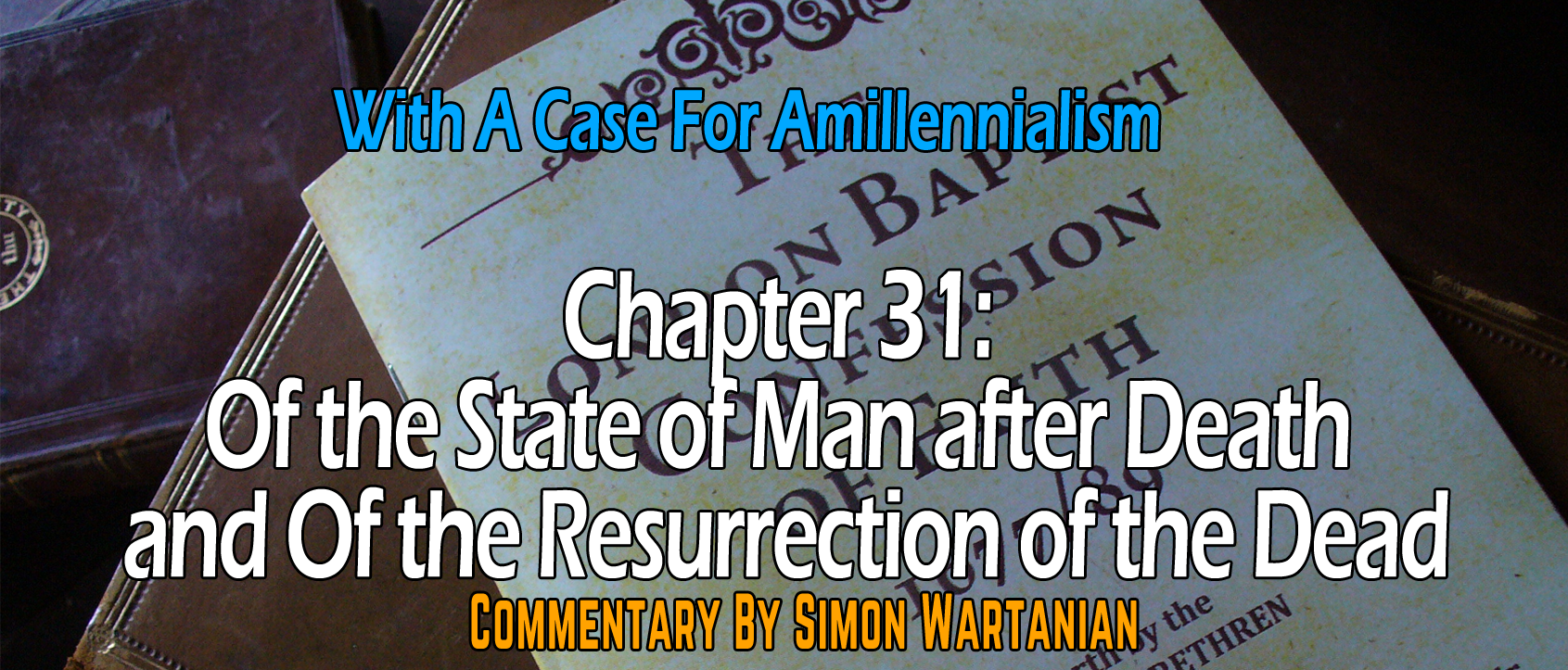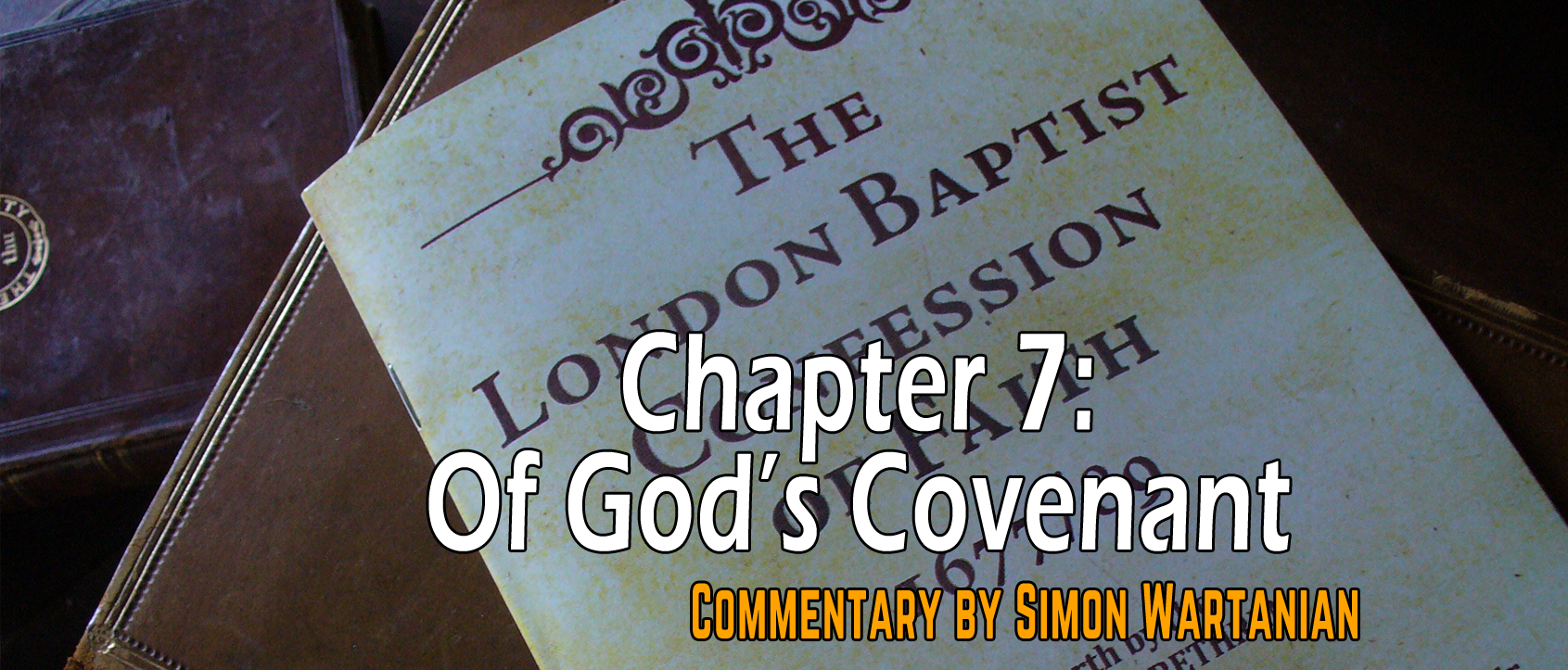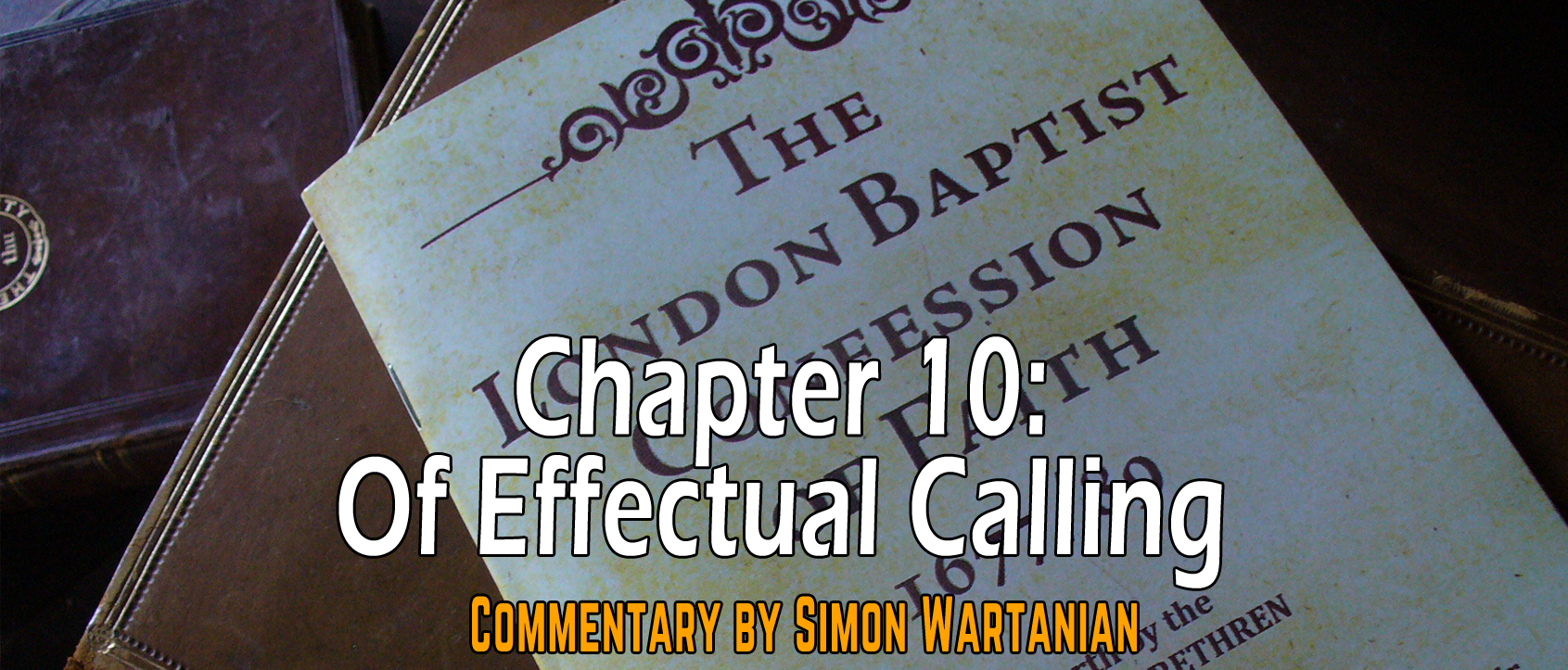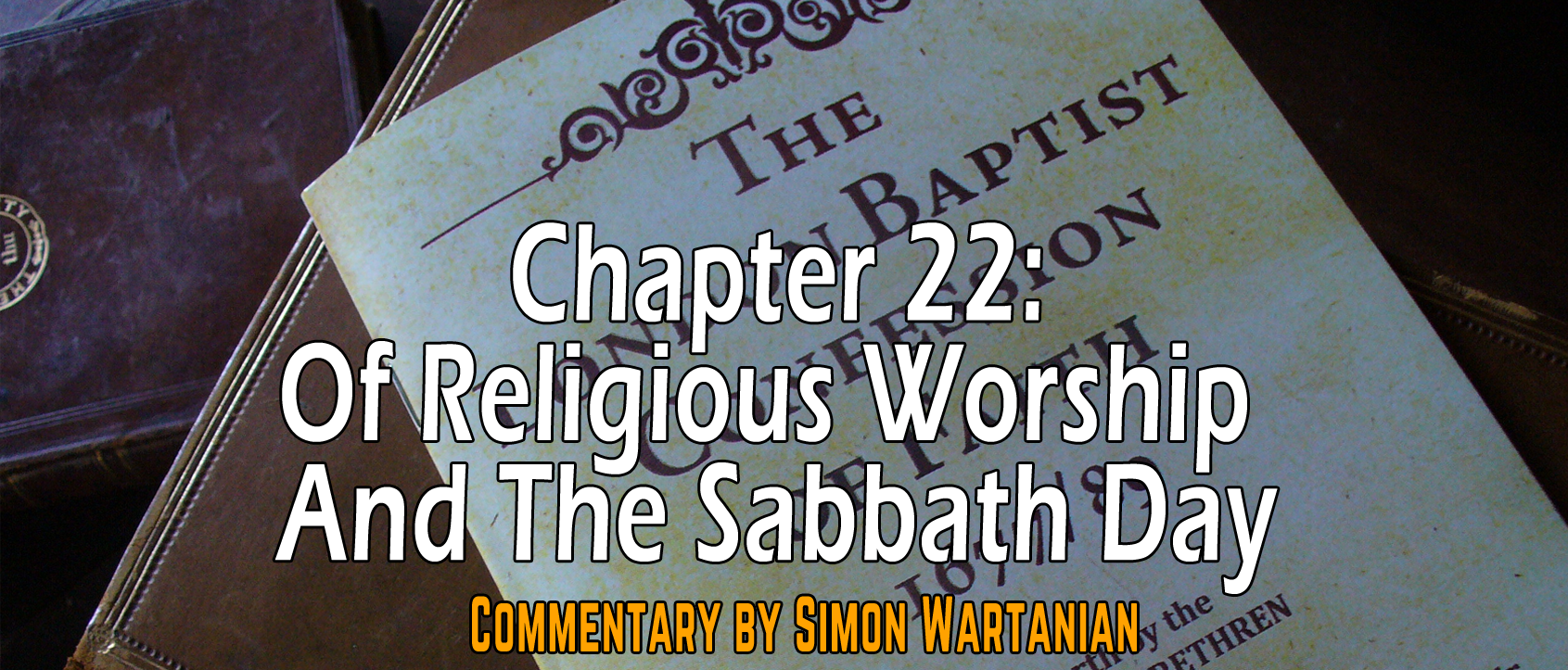Premillenniarians agree with Covenant Theology or New Covenant Theology that the Church is basically the Israel of God. God does not have two peoples, Israel and the Church, but only one people made up of both believing Jews and believing Gentiles, who are known as the Israel of God and the Church (in contrast to DISPENSATIONALISM). They believe that there will be a restoration of the Jews prior to the Millennium and Coming of the Lord Christ.
They believe that the believers, the Church, will go through the Great Tribulation which an indefinite time of persecution prior to the Rapture and Coming of the Lord. At the Rapture, Christ will come with all saints from heaven with resurrection and glorified bodies, and He will transform all living believers on earth so that they would have glorified and resurrection bodies. This is the first resurrection of Revelation 20:4-6. After this, Antichrist will be destroyed by the true Christ and Satan will be bound for a thousand years (Rev. 20:1-2). Then Christ will usher His reign upon the earth for a thousand years of peace and prosperity. But remember, sin and death are not eliminated, but significantly reduced in effect and power.
The Millennium will be populated by saints who came with Christ from heaven (both from the Old Testament and up to the coming of Christ), the saints who were transformed at the coming of Christ, unbelievers and those who have turned to Christ after His coming. There is a discussion among Premillenniarians as to the time of resurrection for those who came to faith after the first resurrection, I have heard that some say that they are directly raised after their death, or that they will be raised prior to the Final Judgment.
After the Millennium, Satan will be let loose and will try to destroy the Church, but God will intervene and send him to Hell and thus save His people. Then the wicked will be raised, and then all will stand before God in the Final Judgment after which comes the New Heavens and New Earth, although some believe that the New Heavens and New Earth start with the Millennium. According to Premillennial eschatology, the following things are to be expected:
- The Evangelization of All Nations.
- The Great Tribulation and Antichrist (Man of Sin).
- The Conversion and Restoration of Israel.
- The Second Coming:
- The Rapture
- The resurrection of all dead saints.
- Transformation of living believers.
- Destruction of Antichrist.
- The binding of Satan.
- The inauguration of the thousand year reign of Christ.
- The Rapture
- The Millennium.
- Apostasy at the end of the Millennium.
- Satan being loosed and leading rebellion against Christ.
- Satan and the wicked being destroyed.
- The Resurrection of the wicked.
- The Final Judgment.
- The New Heavens and New Earth.
The following is a diagram of Premillennialism:
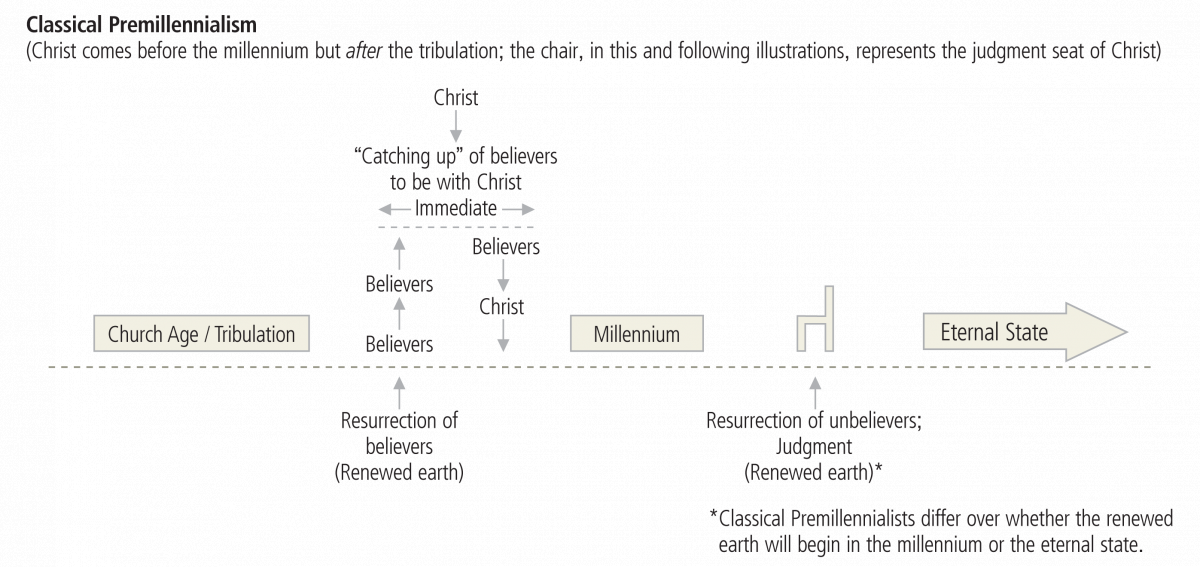
Premillennial Problems
I believe that Premillennialism is not supported by the statement of the Confession here and in the following paragraph. Moreover, there is no Confessional support for Premillennialism in any of the major Creeds and Confessions of Christianity. Paragraph ...
